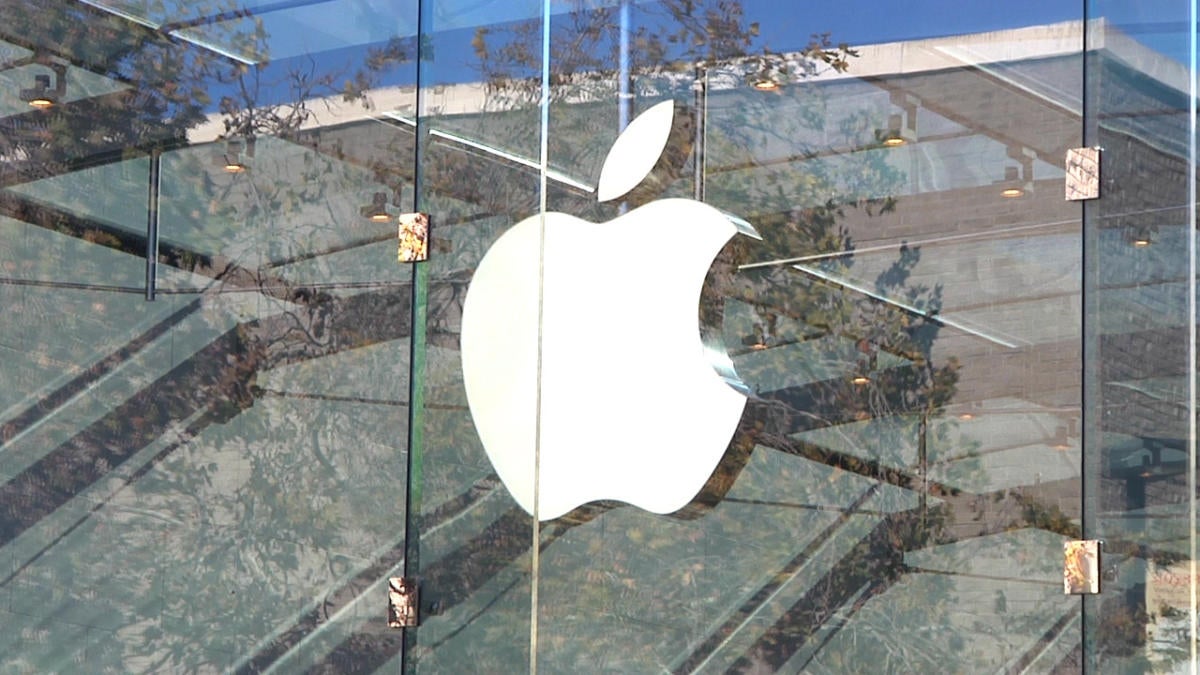Apple’s plans for sideloading of apps via stores outside the App Store may now be emerging. The company is beta testing a Managed App Distribution (MAD) system that could support the EU-mandated practice of downloading apps from third-party stores onto iPhones.
What is app sideloading?
App sideloading means iPhone users might be able to purchase and acquire apps for their iPhones from third-party sources outside of Apple’s own curated App Store. Apple is expected to introduce some form of support for sideloading on iPhones/iPads in March 2024 in Europe, as required to do so by law at that point.
But acquiring apps will be a process, and Apple is unlikely to want to open up its platforms too much to enable the process. It owes it to users to maintain security and privacy on the core platform, which means externally sourced applications will need to be verified in some way. Currently in beta, Apple’s Managed App Distribution (MAD) suggests the approach it will take. Apple does not claim as much and has also altered its documentation since it was first published to say it is primarily intended to be for MDM scenarios.
All the same, the system as described seems to offer the foundations Apple could use for app sideloading.
Why MAD matters
Anyone who’s ever contracted a computer virus should already recognize that tech systems are interconnected. That means it is necessary to ensure “sideloaded” applications don’t undermine the platform or user, especially in the current tense international political climate. Apple has repeatedly warned that enforcing app sideloading on its devices might threaten the privacy and security of users. So, it’s no surprise it hopes to bridge the gap between supporting the practice (as it must in Europe) and protecting its users.
Failing to protect its users and platforms from the consequences of sideloading would be a mad idea.
What is MAD?
Currently in developer beta, Apple says its MAD system is being built to let enterprise, educational, and other institutional customers distribute apps to employees or students. The idea is that the organization can create its own app to act as a storefront and use the system to distribute apps to verified customers. A business might provide approved/registered employees with business-related apps via its own managed app distribution store, for example.
There are various code strings to support the system, including ones to fetch and display apps, organize app collections, and error messages in the case of a distribution error.
Who will get MAD?
The Apple system will not be made available to everyone. Apple is already warning that developers will need to register in some way to get MAD: “An entitlement is required to use this framework and is available in an upcoming release,” the company says.
Is this how third-party app stores will work?
If this sounds like how the App Store works, it’s because it effectively is. Once you install the app that…
2023-11-18 10:41:03
Source from www.computerworld.com rnrn


















